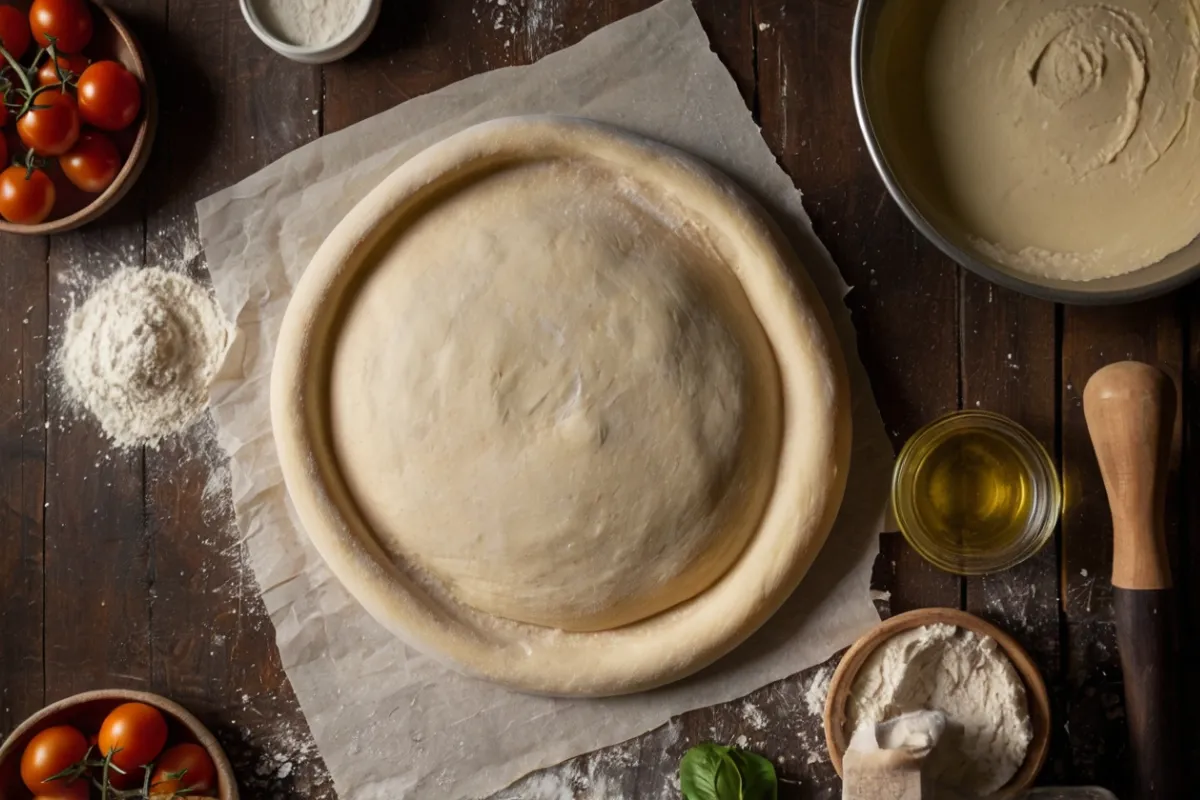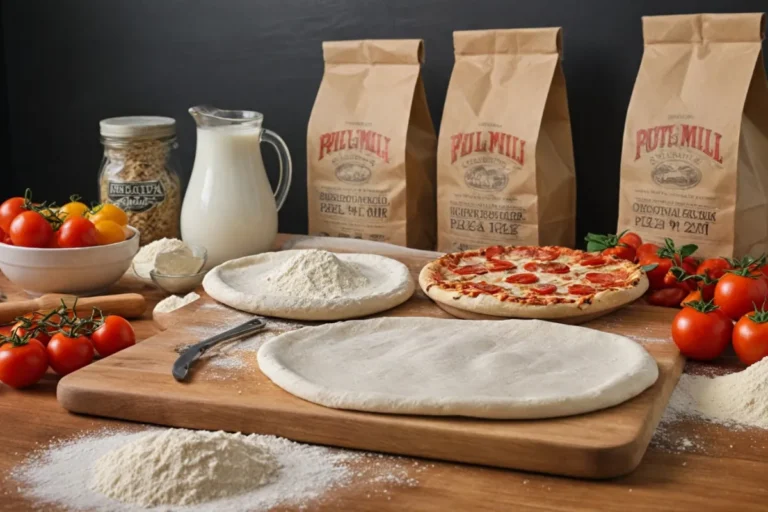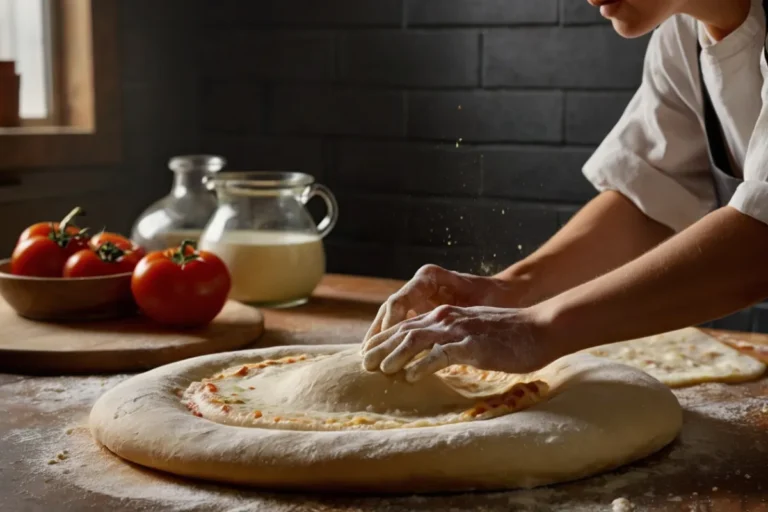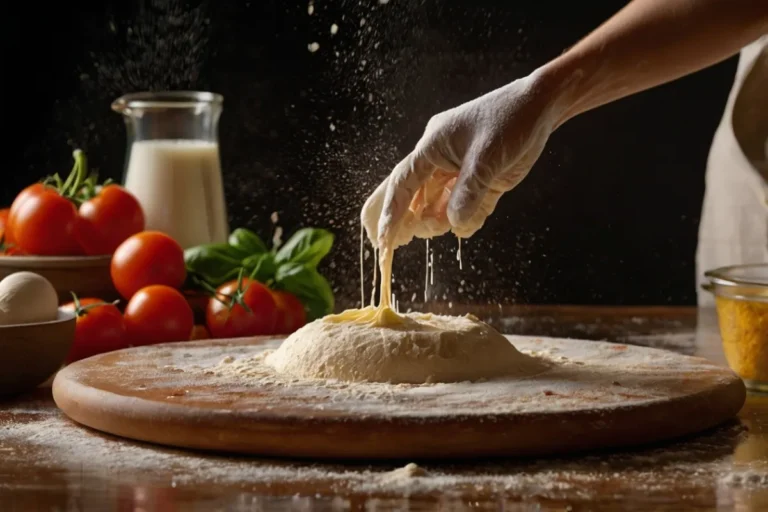The Ultimate Guide to the Poolish Pizza Dough Recipe: Tips and Tricks
The Ultimate Guide to the Poolish Pizza Dough Recipe: Tips and Tricks
Imagine the aroma of freshly baked pizza wafting through your kitchen. The crust is airy, light, and just crisp enough to hold its toppings without buckling. Achieving this perfection might seem like a guarded secret, but it isn’t. The key lies in a magical pre-ferment called poolish. Whether you’re a seasoned baker or a curious beginner, this guide will walk you through everything you need to know about creating the ultimate poolish pizza dough. You’ll uncover tips, tricks, and insights to craft a pizza that rivals your favorite pizzeria.
What Is Poolish and Why It’s a Game-Changer for Pizza Dough?
Poolish is a pre-fermentation method that brings a depth of flavor and texture to your dough. Originating in French baking, it’s a mixture of equal parts flour and water with a small amount of yeast, left to ferment for several hours before being incorporated into the final dough. What sets poolish apart is its ability to enhance the dough’s hydration, create a more elastic texture, and develop complex flavors without requiring additional ingredients.
By introducing poolish into your pizza dough recipe, you’re essentially allowing the yeast to work its magic long before the main dough is mixed. This extended fermentation process produces a crust that’s not only delicious but also easier to digest. Plus, the natural sugars released during fermentation contribute to the beautifully golden crust you crave.
| Method | Advantages |
|---|---|
| Direct Dough | Quick and easy but lacks flavor depth |
| Poolish Dough | Longer process, superior texture and flavor |
Essential Ingredients for Poolish Pizza Dough
Crafting the perfect poolish pizza dough starts with selecting the right ingredients. While the list is short, the quality of each component makes a noticeable difference.
| Ingredient | Measurement | Notes |
|---|---|---|
| Flour | 500g | Opt for high-protein or bread flour |
| Water | 350ml | Use lukewarm water (around 40°C) |
| Yeast | 1 tsp | Active dry or instant yeast works well |
| Salt | 10g | Fine sea salt enhances flavor |
Why These Ingredients Matter
- Flour: High-protein flour forms a stronger gluten structure, essential for the dough’s elasticity and chewiness.
- Water: Precise hydration is crucial for achieving the right dough consistency. Too much water can make it sticky; too little can make it stiff.
- Yeast: The powerhouse of fermentation. Always ensure your yeast is fresh to achieve the best results.
- Salt: Balances flavor and helps control yeast activity during fermentation.
Step-by-Step Guide to Making Poolish Pizza Dough
Patience is your best ally when making poolish pizza dough. The process spans two days, but the results are worth every moment.
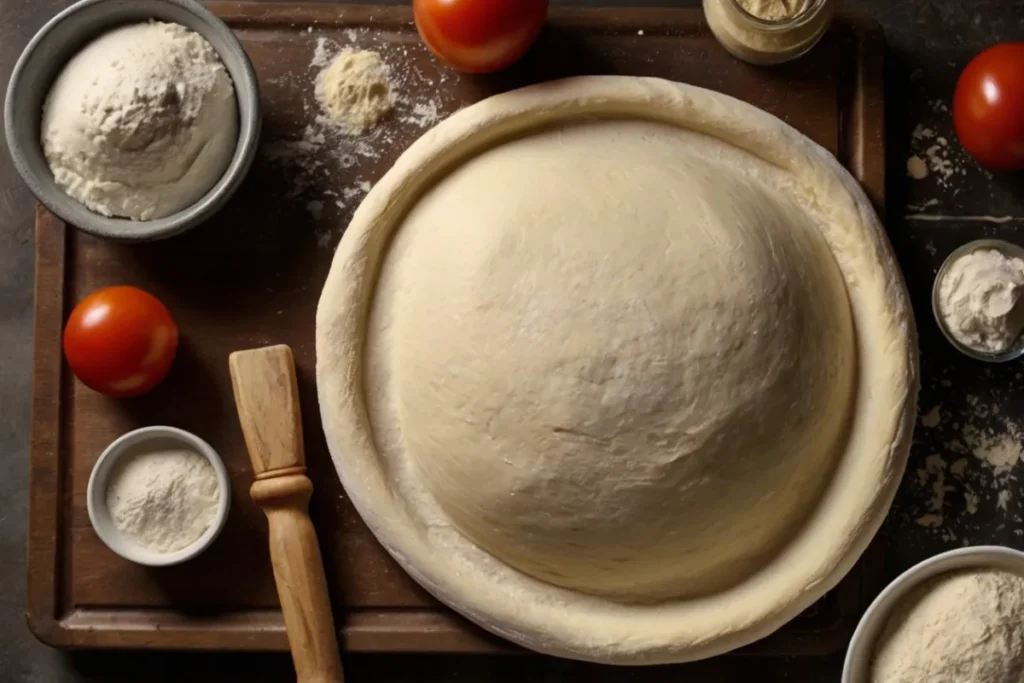
Day 1: Preparing the Poolish
- In a bowl, combine 250g of flour, 250ml of water, and 1/4 tsp of yeast.
- Mix until smooth, ensuring no dry pockets remain.
- Cover the bowl loosely with plastic wrap and let it rest at room temperature for 12-16 hours.
- Your poolish is ready when it’s bubbly, has a slight dome, and smells pleasantly tangy.
Day 2: Mixing the Dough
- To the poolish, add the remaining flour, water, yeast, and salt.
- Mix until the dough comes together, then knead by hand or with a mixer for 8-10 minutes.
- Place the dough in a lightly oiled bowl, cover, and let it rest for 1 hour.
- Perform two stretch-and-folds every 30 minutes to develop gluten strength.
Shaping and Final Proofing
- Divide the dough into 2-3 portions, depending on your desired pizza size.
- Shape each portion into a smooth ball and let them proof for 1-3 hours.
- When ready, the dough should feel airy and pass the “finger-poke test,” where a gentle press leaves a slight indentation.
Tips and Tricks for Perfect Poolish Pizza Dough
- Hydration Adjustment: Depending on your flour type, you may need to tweak water levels. Softer flours absorb less water, while stronger ones require more.
- Temperature Control: A consistent room temperature (around 22-24°C) ensures even fermentation.
- Timing Is Everything: Poolish loses its effectiveness if over-fermented, so use it promptly within its peak window.
- Baking Essentials: Preheat your oven to its maximum temperature and use a pizza stone or steel for optimal crust crispiness.
Poolish Pizza Dough Nutrition Information
Understanding the nutritional content of your pizza dough can help you make informed choices. Here’s a breakdown:
| Nutrient | Amount per 100g | Notes |
|---|---|---|
| Calories | 270 kcal | Based on raw dough |
| Protein | 9g | Protein content depends on flour |
| Carbohydrates | 56g | Main energy source |
| Fat | 1g | Minimal fat from flour |
Common Mistakes to Avoid When Making Poolish Pizza Dough
Even seasoned bakers encounter hiccups when working with poolish dough. Here are common pitfalls and how to sidestep them:
- Over-proofing Poolish: If the mixture collapses or smells overly sour, it’s been left too long.
- Wrong Flour Choice: Low-protein flours result in weak dough that tears easily.
- Ignoring Oven Prep: A cold baking surface won’t deliver the crispiness you desire.
- Skipping Rest Periods: Rushing the process undermines gluten development and flavor.
Variations and Customizations
Experimentation is part of the joy of baking. Try these variations:
- Whole Wheat Poolish Dough: Replace 25-50% of the flour with whole wheat for a nuttier flavor.
- Herb-Infused Dough: Add dried oregano, basil, or garlic powder to the flour mix.
- Sourdough Poolish: Substitute part of the yeast with a sourdough starter for a tangier crust.
FAQs About Poolish Pizza Dough Recipe
Can I make poolish dough gluten-free?
Yes, but it requires specialized gluten-free flour blends and adjustments in hydration. Expect a different texture compared to traditional dough.
How long can I store poolish?
Poolish is best used within 16 hours at room temperature. For short-term storage, refrigerate it, but bring it back to room temperature before use.
What if my poolish doesn’t bubble?
Inactive yeast or incorrect water temperature might be the issue. Use lukewarm water and ensure your yeast isn’t expired.
Conclusion: Mastering Poolish Pizza Dough
By now, you’ve discovered that poolish isn’t just a technique—it’s a gateway to pizza perfection. With a little patience and attention to detail, you can create dough that elevates your homemade pizzas to artisan-level quality. Follow these steps, embrace the process, and let your creativity shine. It’s time to roll up your sleeves, mix your poolish, and experience the difference this time-honored method can make. Get ready to impress your friends, family, and—most importantly—yourself with every slice.

